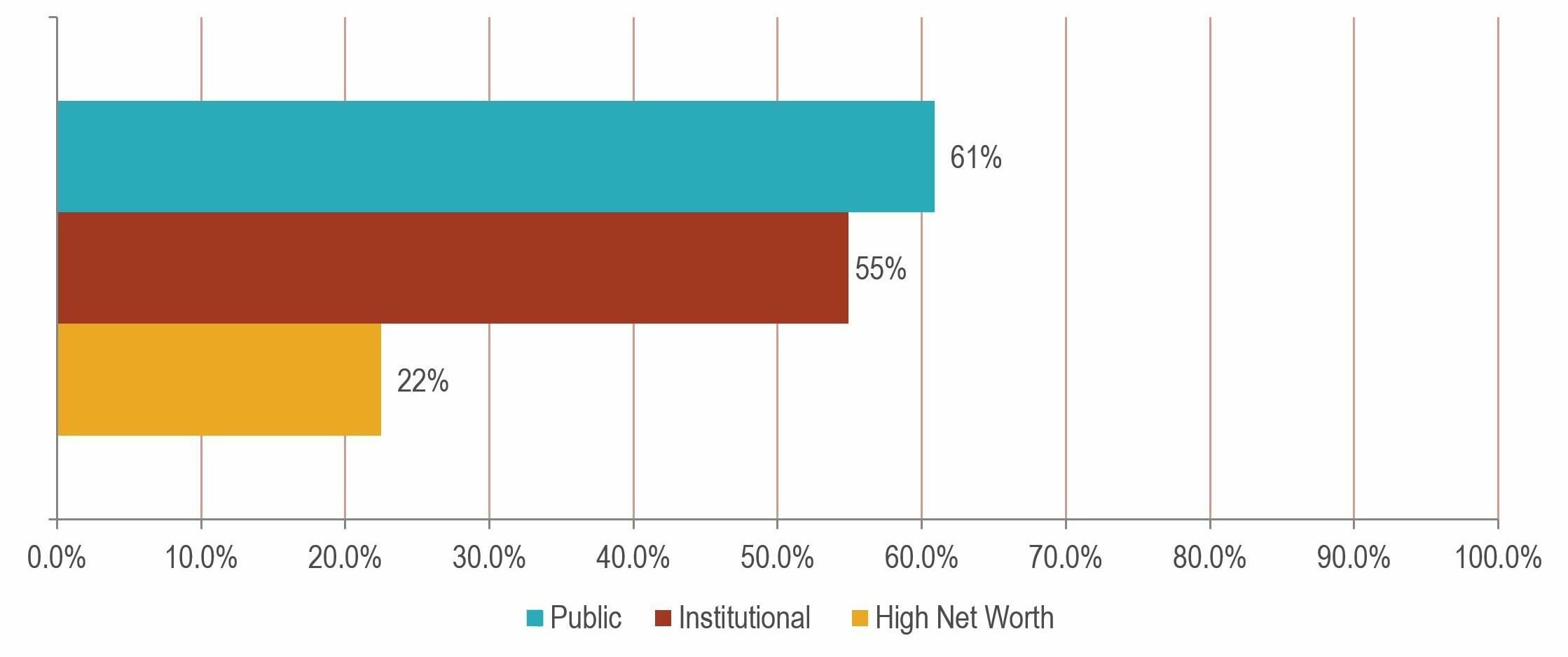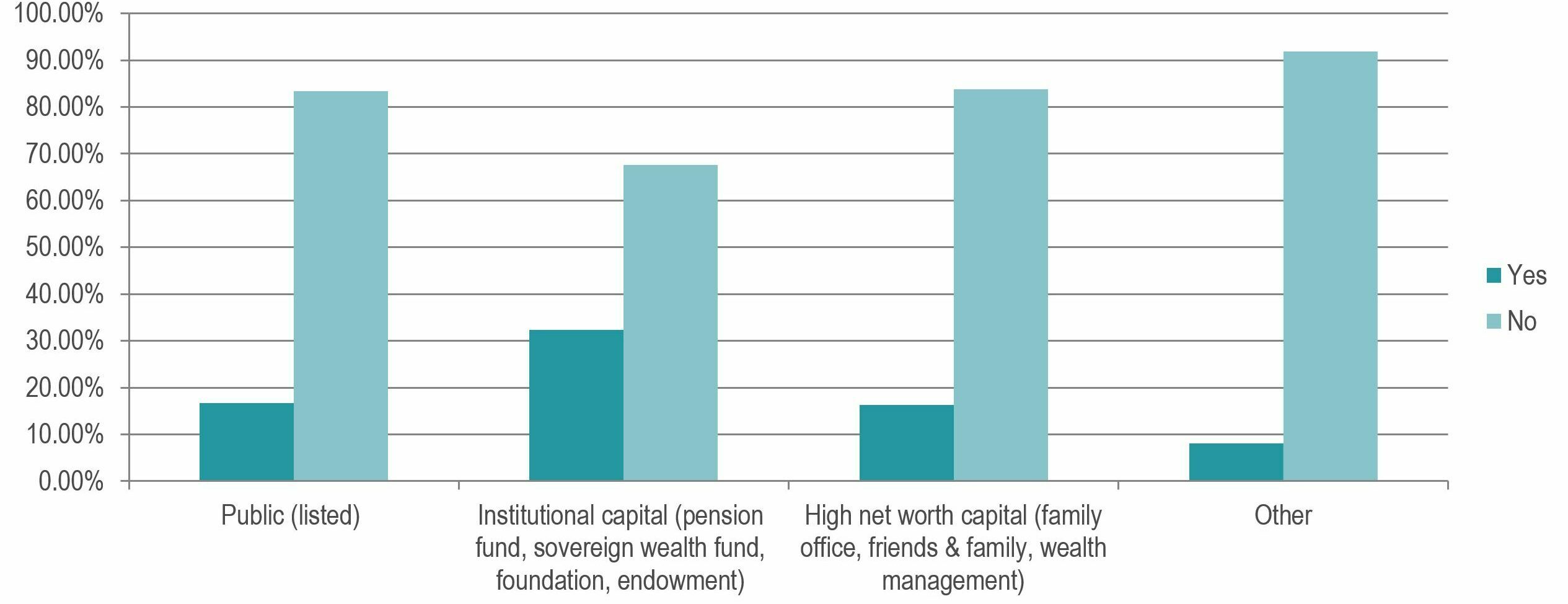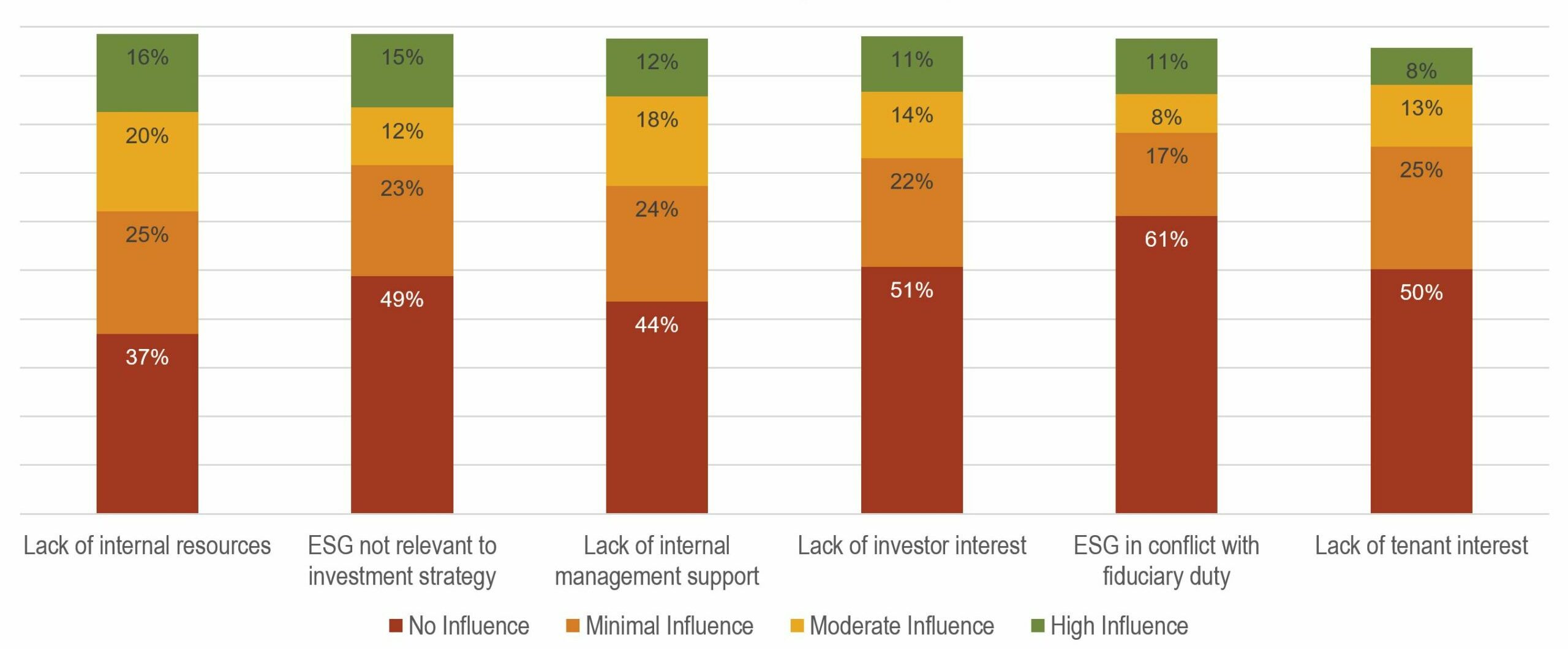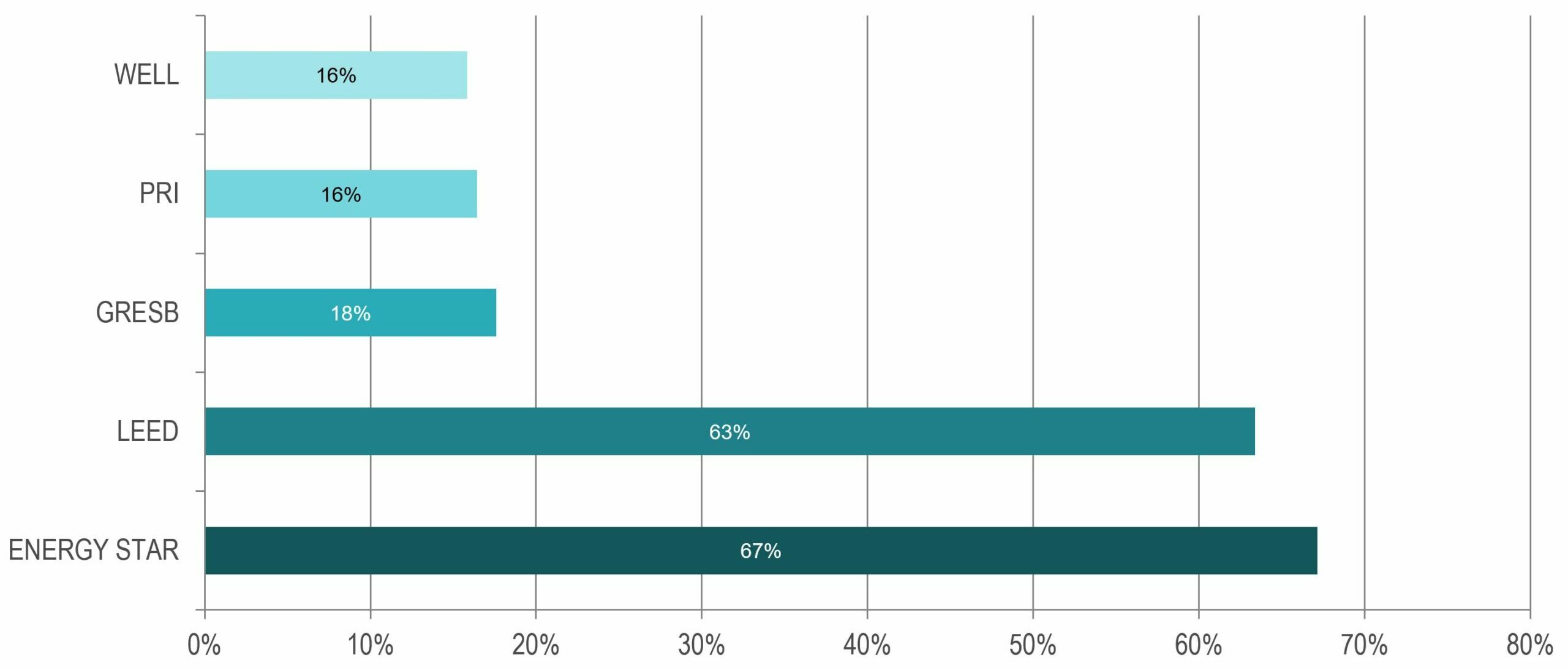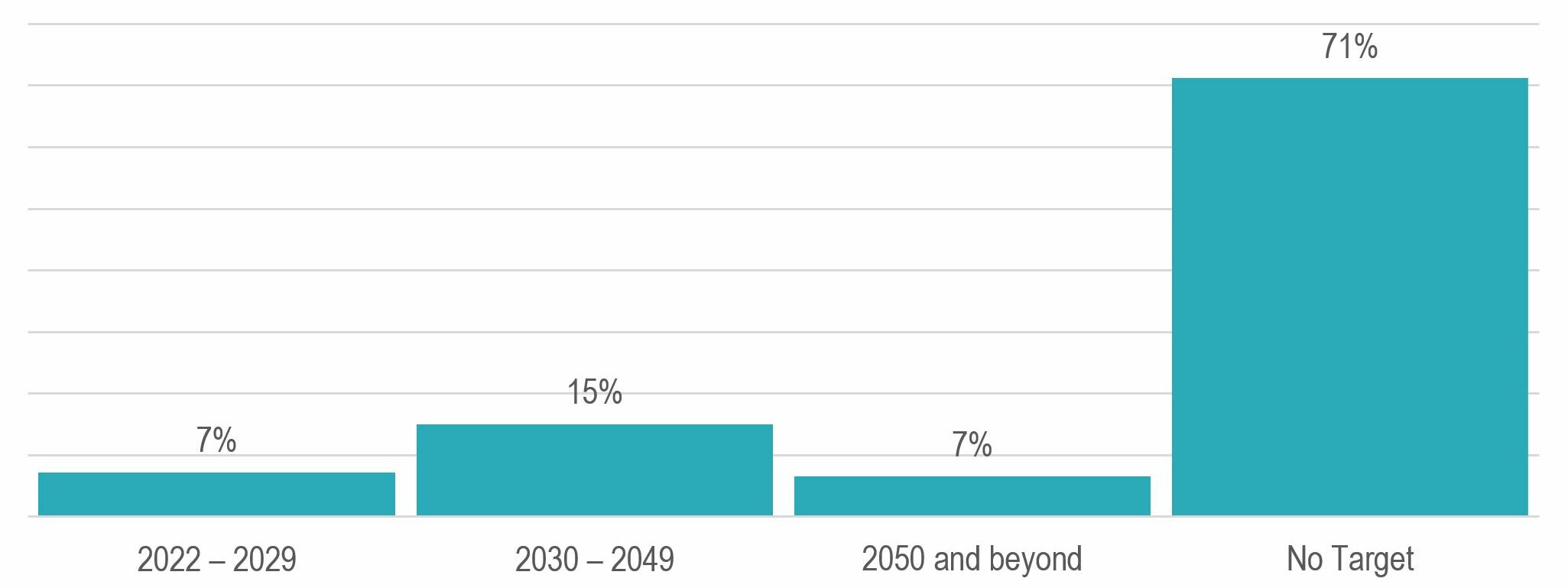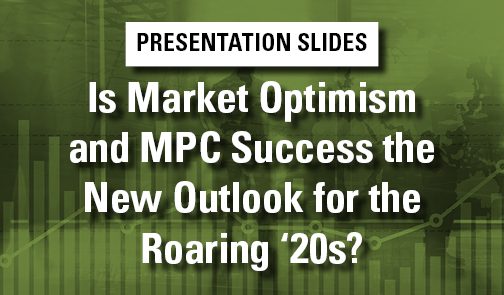RCLCO’s Real Estate Market Sentiment Survey has tracked confidence in U.S. real estate market conditions for over 10 years. The survey respondents span the real estate industry from operators, developers, investors, service providers, municipalities and more. In 2022, we added a new section to the mid-year survey to better understand the real estate industry’s interest in and adoption of environmental, social, and governance (ESG) initiatives within the investment process. ESG has become a prominent investment topic in recent years—and has recently experienced growing backlash from both ends of the political spectrum. Recognizing these reactions, we wanted to better understand how, if at all, it is actually influencing investment or business decisions in real estate in the U.S.
The results suggest a mixed story, and, we believe, a general lack of appreciation for why ESG became a matter of discussion in the first place. This article attempts to unpack what has become a loaded topic by going back to the original intent of the ESG movement in investing, and using our survey results to highlight how it is perceived and put into practice today. We then conclude with our view on why we think having ESG as a component of a company’s investment strategy is integral to long-term success—and how companies can get started (or restarted, as necessary).
Status of ESG Today
The concept of incorporating the principles of ESG in investing was kickstarted by a 2004 United Nations-backed landmark report sponsored by the Swiss government and endorsed by global financial institutions across several countries. The initiative encouraged the incorporation of ESG considerations into the investment process in order to reduce risk and mitigate the impacts of future regulation. Inherent within this investment advice was a recognition that 1) incorporation of ESG factors recognizes generally underappreciated risks and avoiding or mitigating these risks should result in improved returns, 2) beneficiaries are demanding investment transparency, and 3) regulations are evolving quickly at the local and national level requiring disclosure and mitigation.
By 2022, most investors across all industries, including real estate, know what ESG stands for, but in practice it has become many things: a major analysis framework, a growing professional service within companies and consultancies, and an overwhelming and expanding universe of considerations for investors. To further compound this general complexity, the term itself has become polarizing, invoking criticism from all sides, from politicians who assume that use of the term invites violation of fiduciary duty, to climate activists arguing that investor ESG pledges amount to “greenwashing” designed to avoid future regulation.
Left in the middle is the investment community—investors, investment managers, lenders, operators, consultants, etc.—which recognizes that the factors underneath the ESG umbrella certainly matter when it comes to evaluating risks and returns, but have neither consistent direction nor data to effectively assess and price risks and opportunities.


